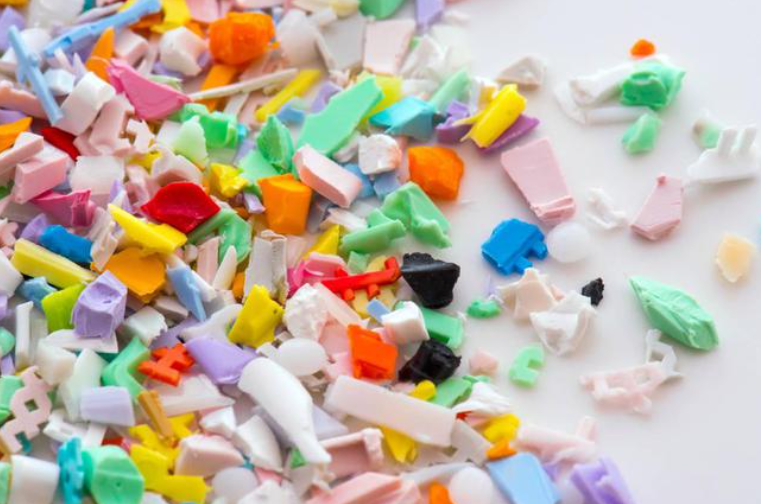March 31, 2025 – The Brazilian Plastics Industry Association, Abiplast, has recently revealed that despite potential tariff threats looming over trade relations, the Brazilian plastics industry remains optimistic about its investment prospects in the coming years, with an expected annual investment of 10.5 billion rand (approximately $1.8 billion).
During the industry event “Brazil Plastics,” the association highlighted that factory expansion plans, innovations in sustainable packaging technology, the development of new recycling techniques, and the enhancement of reverse logistics will all serve as key drivers for investment growth. However, the Latin American polyester market is entering a period of uncertainty due to multiple factors, including tariff threats from U.S. President Trump and global market volatility.

According to industry insights, tariff threats and retaliatory measures have disrupted the supply chain of traditional plastic resins, leading to a decline in plastic prices across Latin America. Brazil, as the region’s largest market, has been particularly hard-hit. A global polymer trader disclosed that polyethylene (PE) prices have plummeted to historic lows, with the price of high-density polyethylene (HDPE) blow molding grade dropping by nearly 900pertonthisweek,comparedtotherangeof1,040-$1,080 per ton at the end of February.
Meanwhile, other polyethylene grades and polypropylene have also exhibited similar downward trends. Despite limited quotes for low-density polyethylene (LDPE) and linear low-density polyethylene (LLDPE), market scarcity has failed to boost their prices. Many buyers are adopting a wait-and-see approach, anticipating further price declines, which has to some extent resulted in reduced market transaction volumes.
In terms of regional developments, Brazilian chemical giant Braskem announced that its Mexican joint venture, Braskem Idesa, plans to commission its new ethane import terminal in May. This will enable the joint venture to fully rely on ethane imported from the United States to meet the raw material needs of its PE plant. However, it remains unclear whether the Trump administration’s threat to impose fees on Chinese-made ships docking at U.S. ports will hinder Braskem’s strategic layout in the region.
Notably, Braskem has already put into operation its first Chinese-made cargo ship, the “Brilliant Future,” with a capacity of 19,000 tons, to transport ethane from the United States to Braskem Idesa’s integrated facility. A second cargo ship of the same specification and route is expected to be delivered in June. Additionally, Brazil’s Unipar Carbocloro has built a new $35 million plant in Camacari, northeastern Bahia. The plant is designed to have an annual production capacity of 10,000 tons of chlorine, 12,000 tons of caustic soda, 25,000 tons of hydrochloric acid, and 20,000 tons of sodium hypochlorite. It is scheduled to officially open in early April, and its capacity utilization rate is steadily increasing as production stabilizes. Unipar has also indicated that it may upgrade the plant to a PVC production base in the future. Meanwhile, the company’s Bahia Blanca plant in Argentina, which was halted due to heavy rain, is resuming operations as planned.














